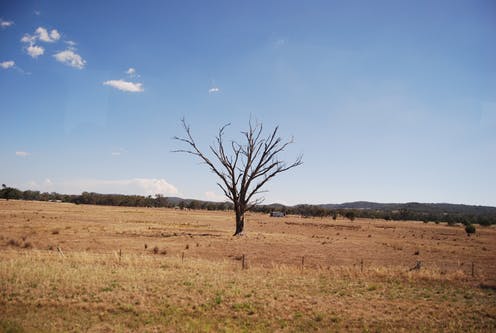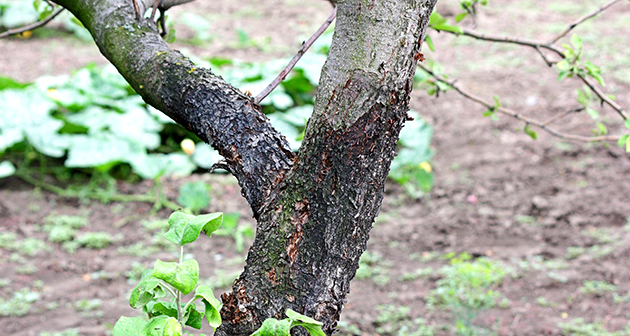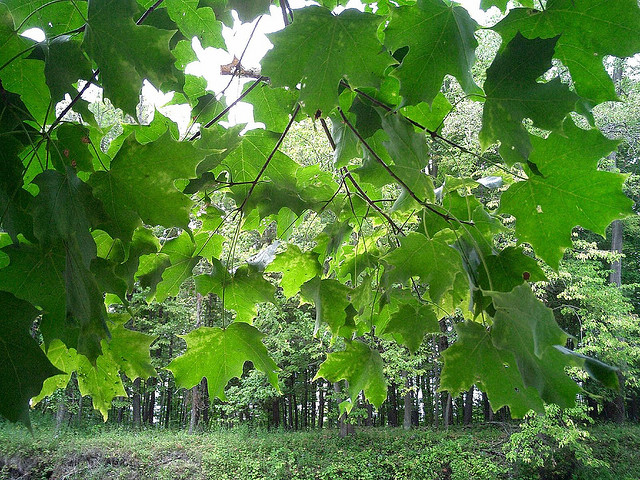Whilst there are many reasons you may want to fell a tree, from time to time they have to be felled due to death, often caused by disease. If you suspect your tree may have a disease, call one of our Manchester tree surgeons today for advice, as not treating it can lead to death.
If you suspect your tree is dead, the best decision is to remove it, as leaving a dead tree can lead to disease spreading to other plants and trees. In order to avoid ever having to deal with a dead or diseased tree however, there are many steps you can take to boost your tree’s defense systems.

There are some simple measures you can take to keep your trees healthy, such as:
- Watch where you’re digging – root systems can extend two to three times farther than the branches, so even though you may think you’re being careful, you may disturb the plant. You need to be particularly mindful of this when carrying out any construction work.
- Mulch regularly – applying wood chips, shredded bark, straw or other biodegradable mulch around the base of your trees has a number of benefits, but most notably it helps to keep your soil moist.
- Watch wear you mow – When mowing your lawn be extra careful around your trees, as nipping the bark can weaken them, making them more susceptible to disease.
- Don’t over water your trees – Whilst it may seem like you’re doing your plant a favour by giving it as much water as possible, in some circumstances you could actually be damaging it. Drenching the soil can starve it of oxygen, so make sure your soil doesn’t get too try but also remember that it will retain a lot of its moisture below the surface.
- Don’t over fertilise – Just like over watering, you may think you’re helping your tree but really you could be doing the opposite. Mature trees don’t really need fertiliser and some garden herbicide applications can just add chemicals to your plants roots that it just doesn’t need.
Now we’ve got the basics out the way, let’s move on to the science part:
Potassium Phosphite

Potassium Phosphite has been shown to increase a tree’s resistance against a variety of pathogens, which subsequently improves a plants ability to tolerate environmental stresses, such as drought or water-logged soils. It boosts a tree’s natural defence system, allowing it to fight back when they’re under attack from pests and/or disease. Over the last few years it’s been gaining more and more attention within the arboriculture profession for its ability to enhance the intensity and rate of existing tree defense mechanisms.
It can be applied via a soil injection for root uptake, as a foliar spray, or as a bark spray. It’s useful to use to promote general plant vitality, as well as a good treatment to consider in a number of common situations:
- For specific soil borne diseases such as root rot or other root related diseases.
- As a direct treatment for bleeding cankers on tree trunks, including those caused by Phytophthora species and some bacterial species
- To enhance resistance against a variety of stress-related pathogens
- To enhance resistance against environmental stress factors such as drought or water-logged soils
While the above tips that will allow your trees to flourish, realistically most plants and trees can take care of themselves, so it’s important to not overdo it and leave them be if they’re looking healthy.
With your trees in top condition though, they will probably become a great place for nesting birds. Read our next post on the best trees for attracting wildlife if you’re wanting to bring more wildlife to the garden.

